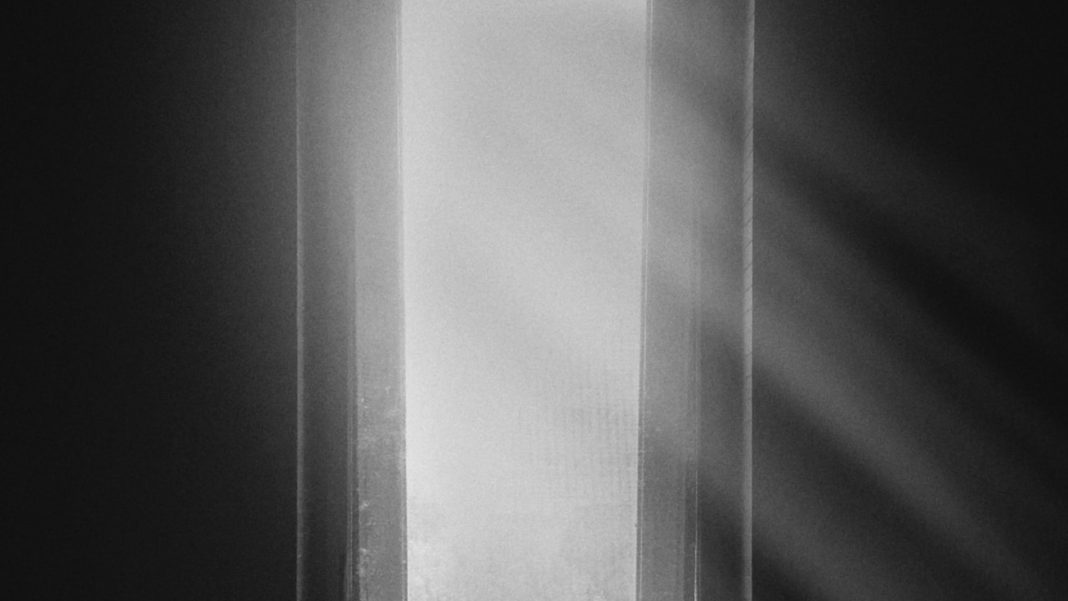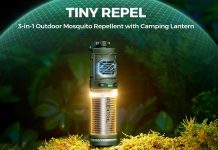LED lights are known to have a very long lifespan. However, it is important to know that the durability of commercial area LED light fixtures such as parking lot lights can vary significantly depending on many factors.
Here are some of the factors that affect the durability of commercial area LED light fixtures:
Weather Conditions
Weather conditions also affect the durability of commercial area LED light fixtures. For example, if you live in an area with extreme temperatures such as deserts or arctic regions, then you need to choose an LED luminaire that can withstand harsh weather conditions such as extreme heat or cold. Most modern LEDs are designed to withstand harsh weather conditions, but some older models may not be able to withstand these extremes in temperatures effectively without breaking down quickly due to overheating or freezing over time respectively.
Heat and Moisture Stress
This is a very important factor affecting the durability of LED lights. LED lights are sensitive to heat and moisture. Even though they do not burn like conventional bulbs, they can still be damaged by excessive heat. This is especially true for the chips and circuit boards inside the fixture. The chips are sensitive to high temperatures because they are made of silicone, which melts at high temperatures. The circuit board is also made of silicone, which can bend or break when exposed to excessive heat or moisture.
Heat and moisture stress can be reduced by using a good quality fan in the fixture or by installing an infrared heat sensor that will shut off power if it reaches a certain temperature level.
Vibration & Shock
Vibration and shock are also factors that affect durability of LED lights. Like conventional bulbs, LEDs are susceptible to vibration and shock damage since they don’t have any moving parts like filament bulbs do (which can break). However, these effects may be mitigated by using a good quality mounting system that is able to absorb vibrations before they reach the fixture itself (such as rubber mounts).
Material and Design
The material used in your fixture will affect its durability. Some materials are more durable than others and some designs are better suited for long-term use than others. For example, plastic is less durable than metal or glass because it tends to break more easily when subjected to vibration or shock from wind gusts or earthquakes. In addition, if your LED fixture is made from a material that’s easily breakable like plastic or glass, you should avoid using it outdoors where it could be exposed to harsh weather conditions such as strong winds
Quality of Construction
LED lights are durable when they are well-made. This means that the parts used in their construction should be of good quality and should not have any defects or flaws. Since the LED lights contain sensitive parts such as semiconductors and diodes, it is important to ensure that these parts are not damaged during storage or transit. If there are any damages in these parts, then it can cause problems with your LED lights. For example, if there are cracks on your LED diodes, then they will burn out faster than normal. In addition, if there are any chips in the circuit board, then this can also cause problems with your LED lights.
The Installation
Good installation means that all components are properly connected and secured so that nothing can come loose or fall off in normal use or during an earthquake or other natural disaster. Also, there should be no sharp edges where wiring enters a fixture or where two pieces of metal meet each other inside a fixture (for example, at screw holes). These sharp edges can cause electrical shorts when they rub against each other. This can lead to fire hazards if flammable materials are present nearby (such as paper products).
Conclusion
Commercial area lighting presents a unique set of factors that will affect the lifespan of any light fixture. These factors can not be overlooked during the selection process, as they can cause the expected life expectancy of fixture to be less than intended. By being aware of these factors and led light fixture issues caused by them, installers and facility managers can better choose equipment that will meet their needs while further reducing the likelihood of unexpected problems occurring with their lighting systems in the future.







